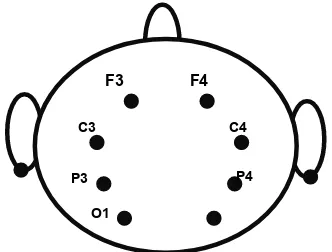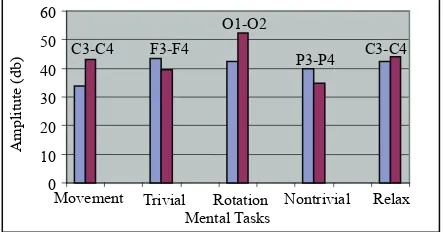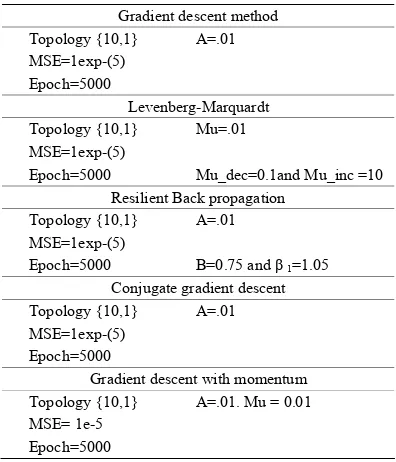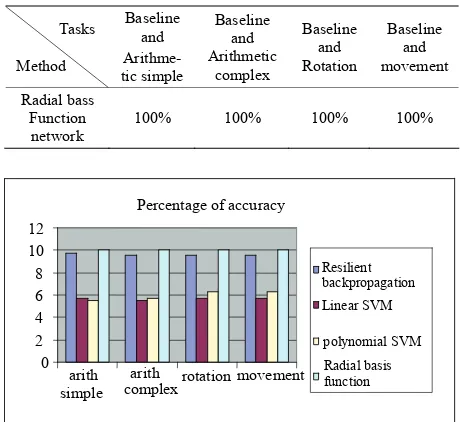Performance comparison of three artificial neural network methods for classification of electroencephalograph signals of five mental tasks
Full text
Figure




Related documents
Eye size in the ey/ey fly seems to have no effect on the viability coefficient since the proportion of ey/ey progeny did not depend on the ey parents’ phenotype in
When teachers receive feedback from their students, they try to enhance their teaching methods, the materials they bring into the class, the translation aids
Methods: Fifty-two 40 – 60 y old women completed a 1-year longitudinal study that included 1) SCS assessment using resonance Raman spectroscopy (RRS) and using
Results: The results shows that surface roughness and flank wear are statistically significant influenced by feed and cutting speed. In fact, increase in cutting speed resulted
In so doing, we will join the ethics of care, atonement theory, and the apologetic ethics framework in a relationship-based framework in order to propose a model of ‘ethical
This study reports the results of a cost-effectiveness analysis of subcutaneous (SC) secukinumab versus cur- rently licensed biologics, biosimilars (SC certolizumab pegol,
The objective of our study is to investigate the genetic etiology of a cohort of paediatric patients with movement disor‑ ders by whole exome sequencing and to review the